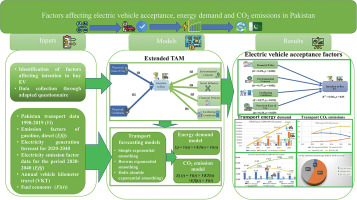

**Possible Substantial Rise in Electric Bicycle Costs in Pakistan**
Recently, electric bicycles (e-bikes) have gained popularity as an eco-friendly and practical transportation option in Pakistan. They provide a cost-effective substitute to conventional fuel-operated vehicles, particularly in urban settings affected by traffic jams and pollution. Nevertheless, the e-bike market in Pakistan is poised for a possible substantial rise in costs due to various economic and regulatory influences.
**Economic Influences**
1. **Currency Depreciation**: The Pakistani Rupee has seen notable depreciation against key currencies, especially the US Dollar. As many e-bike components, including batteries and motors, are imported, the price of these parts has surged, affecting the overall cost of e-bikes.
2. **Inflation**: Pakistan has been dealing with elevated inflation rates, which impact the expenses involved in manufacturing and distribution. Increasing costs of raw materials, labor, and logistics contribute to the overall hike in e-bike prices.
3. **Import Tariffs and Levies**: The government has enacted increased import tariffs and levies on electric vehicles and their components to promote local manufacturing. Although this policy intends to foster domestic production, it has unintentionally resulted in higher costs for imported e-bikes and their parts.
**Regulatory Influences**
1. **Regulatory Shifts**: The government is actively endorsing electric vehicles as part of its environmental agenda. However, frequent regulatory and incentive changes can induce uncertainty in the market, influencing pricing strategies for producers and distributors.
2. **Safety and Compliance Regulations**: With the rising demand for e-bikes, there is heightened emphasis on safety and compliance regulations. Manufacturers may need to allocate resources towards improved technology and quality assurance practices to adhere to these regulations, which could lead to increased production expenses.
**Market Factors**
1. **Supply Chain Challenges**: Global supply chain disruptions, worsened by the COVID-19 pandemic, have caused shortages of essential components. Delays and elevated shipping expenses are driving e-bike prices higher in Pakistan.
2. **Growing Demand**: The demand for e-bikes is on the rise as consumers become more environmentally aware and look for affordable transportation solutions. This growing demand, in conjunction with limited supply, may escalate prices.
**Effects on Consumers and the Industry**
The anticipated increase in e-bike prices may have several consequences for both consumers and the industry:
– **Affordability for Consumers**: Rising costs could render e-bikes less accessible to the average consumer, potentially slowing the adoption of this sustainable transport choice.
– **Industry Development**: While local manufacturers might gain from government incentives, the overall advancement of the e-bike sector could be hindered by rising costs and diminished consumer purchasing power.
– **Environmental Objectives**: Increased prices may obstruct the government’s initiatives to promote electric vehicles as a strategy to diminish pollution and dependence on fossil fuels.
**Final Thoughts**
The potential substantial rise in electric bicycle costs in Pakistan presents a complex challenge influenced by economic, regulatory, and market elements. While the government and industry players strive to cultivate a sustainable e-bike market, tackling these challenges will be essential to ensuring that e-bikes continue to be an affordable and feasible transportation choice for the general public.






